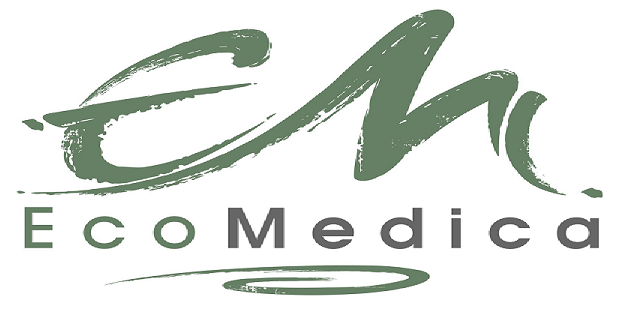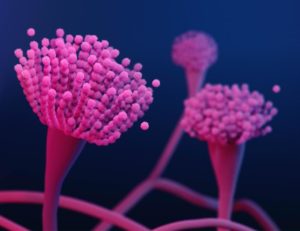Lyme Disease and Mycotoxin Illness
Lyme Disease and Mold Illness can present very similarly; after all, they are both caused by an environmental agent.
Typical symptoms found for both Lyme Disease and Mold Illness are:
- fatigue
- headache
- fever
- chills and aches
- brain fog
- tinnitus
- poor memory
- rashes
- joint pain
- changes in mood and behavior
Lyme Disease, however, is caused by a bacteria, and mold illness is caused by the release of mycotoxins from mold spores, usually after exposure to a water-damaged building or after ingestion of moldy foods.
Lyme Disease is treated with antimicrobials (antibiotics and/or herbs) and mold illness is treated with antifungals (drugs or herbs).
Generally, treatment takes anywhere from 6 months to 2 years depending on the amount of pathogen or degree of exposure. Below is a list of antimicrobial herbs and antifungal herbs.
| Antimicrobials | Antifungals |
| Garlic | Neem |
| Cat’s Claw | Pau D’arco |
| Oregano | Oregano |
| Artemesia | Thyme |
| Walnut | Olive Leaf |
| Wormwood | |
| Yarrow | |
| Berberine | |
| Grapefruit Seed Extract | |
| Japanese Knotweed | |
| Smilax | |
| Andrographis | |
| Teasel | |
| Houtynnia | |
| Ginger | |
| Turmeric | |
| Olive Leaf |
You can combine these herbs so that all of the infections are covered. You can also combine these herbs with antibiotics so that there is a synergistic and integrated effect.

